
When the Alps’ ‘last great problem’ was solved
It was 50 years ago on March 25 when five exhausted climbers achieved what no one had before – summited the Eiger North Face following the most direct route. The price was high: the ‘direttissima’ claimed the life of team leader John Harlin.
The record nowadays for climbing the imposing 1,800m high wall that casts its dark shadow over the alpine resort of Grindelwald is less than two and a half hours.
In 1966, Harlin – an American – assembled a small team, limiting the number of climbers to three to ensure speed. His aim was to follow a vertical line straight up to the summit in about 10 days. A competing eight-man German party arrived at the foot of the mountain around the same time in February, and, according to Harlin’s British team member Chris BoningtonExternal link, had enough food and provisions to last three weeks.
Bad weather made treacherous what were in ordinary circumstances very difficult climbing conditions. It became known as the slowest race on earth as the teams lived out of snow holes and pulled up equipment, the two sides scratching and crawling their way up the mountain face. Members would even descend for rest at the hotels near the base of the mountain, before climbing back up again.
On March 22, the Eiger North Face – where so many ambitious climbers had died in the preceding decades – claimed the life of Harlin when he fell about 1,200m to his death after his rope broke.
A member of Harlin’s team, Dougal Haston – who had by now joined forces with some of the Germans – decided to press on. He and four of the Germans reached the summit three days later, more than a month after they had set out. They named the route after the American in his honour.
Harlin’s son, John Harlin III, along with some members of the German party, travelled to the foot of the Eiger to commemorate the events of 50 years ago.
(Text: Dale Bechtel, pictures: John Harlin III collection/AS-Verlag, picture editor: Christoph Balsiger)
















![The four-metre-long painting "Sonntag der Bergbauern" [Sunday of the Mountain Farmers, 1923-24/26] had to be removed by a crane from the German Chancellery in Berlin for the exhibition in Bern.](https://www.swissinfo.ch/content/wp-content/uploads/sites/13/2025/12/01_Pressebild_KirchnerxKirchner.jpg?ver=cb688ed5)
















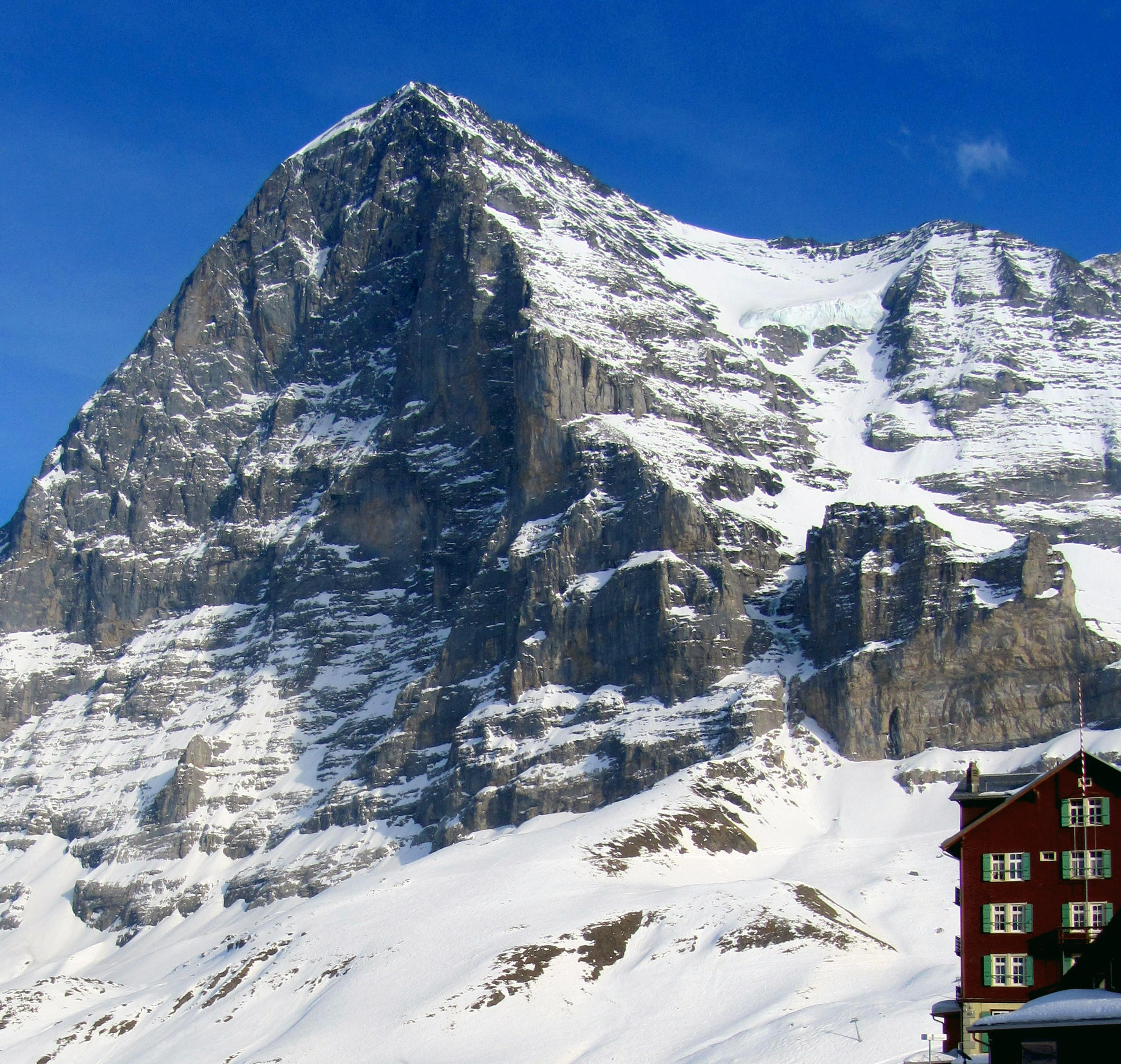

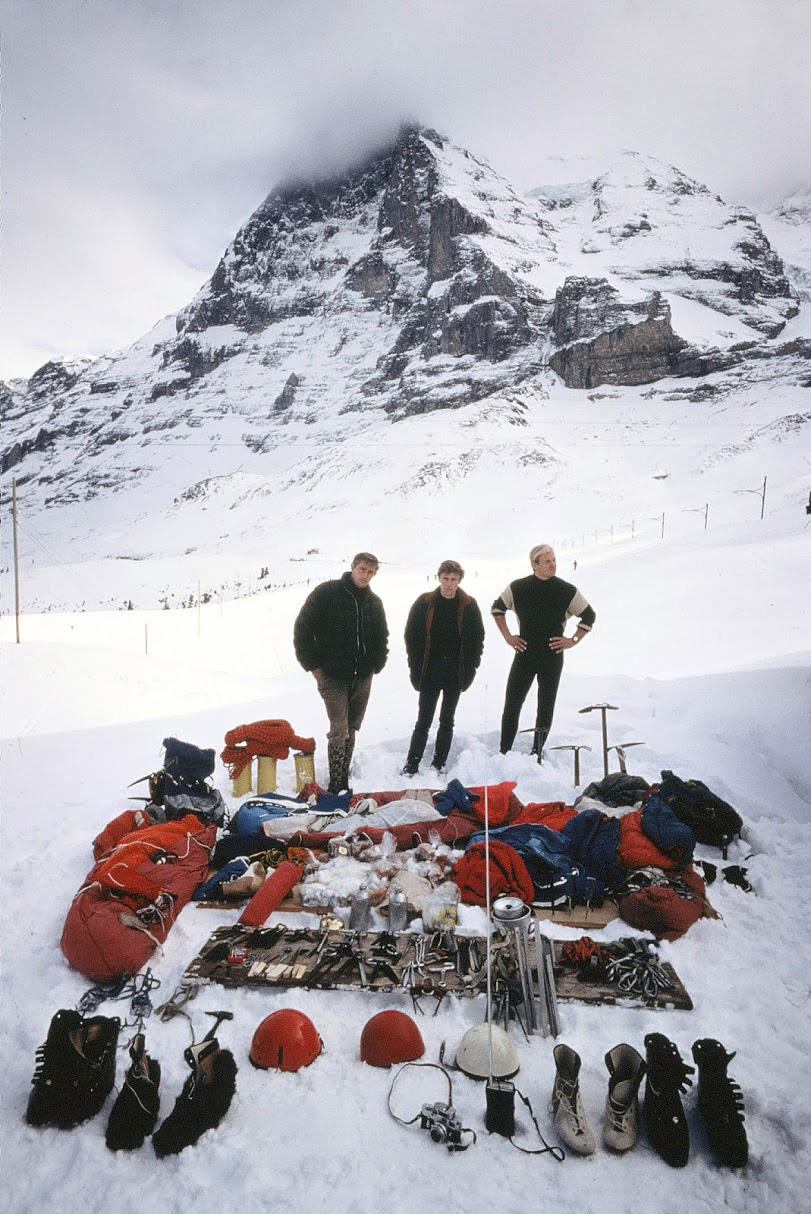
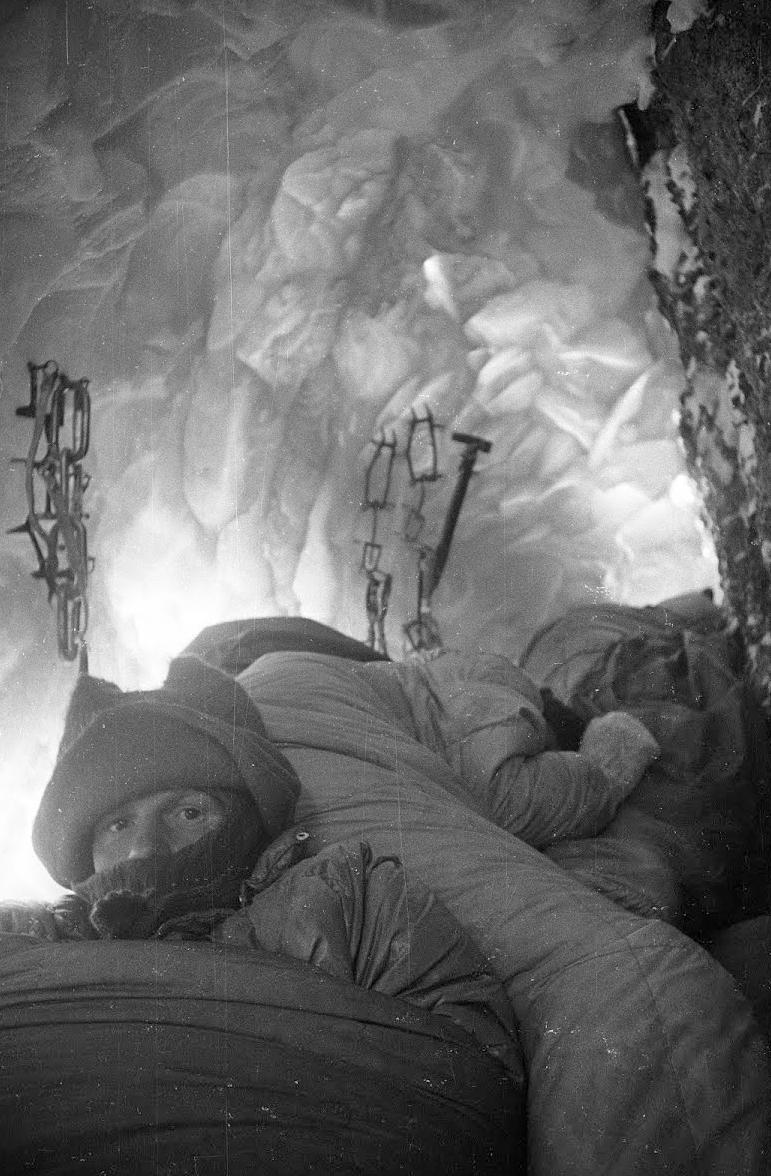
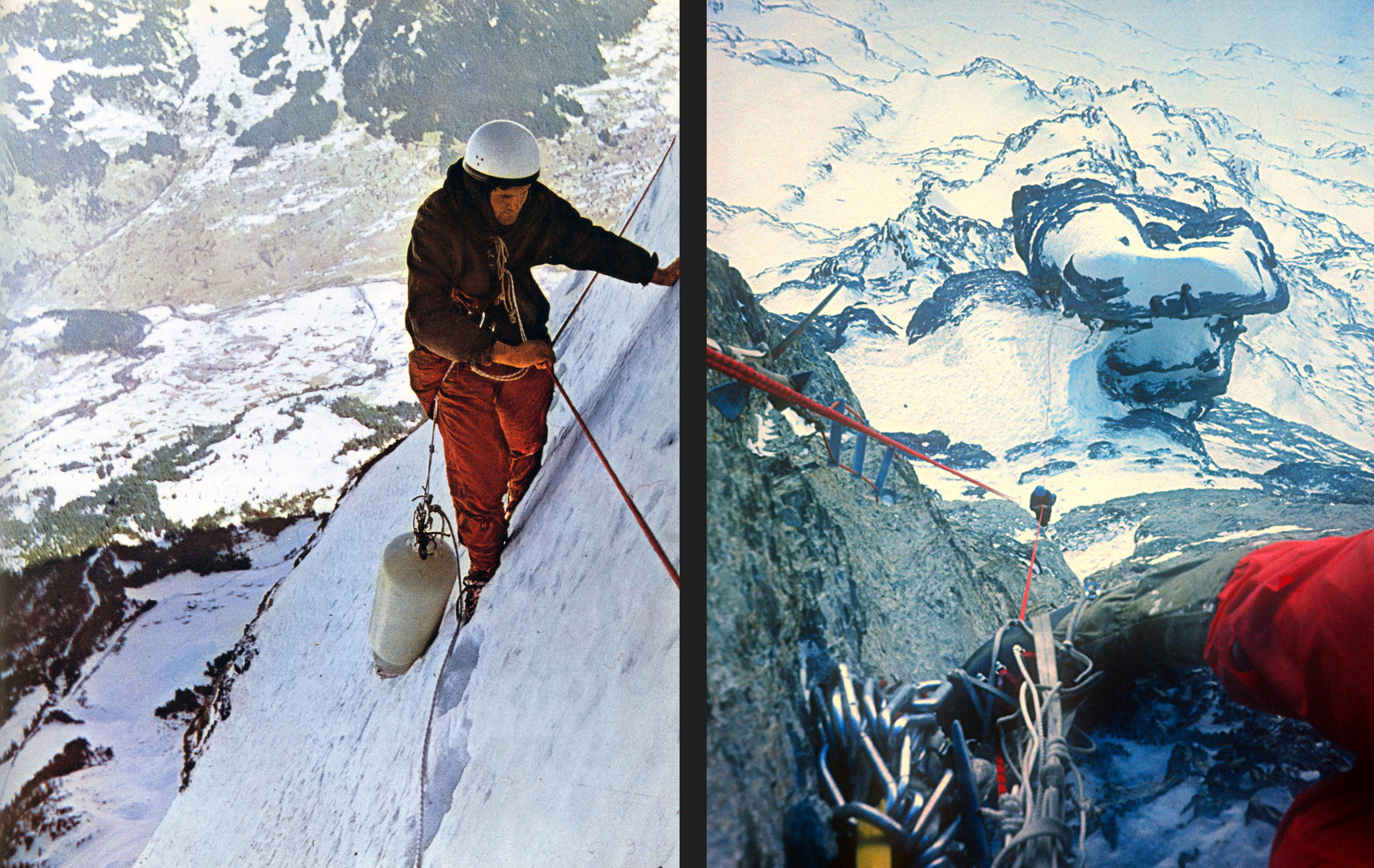
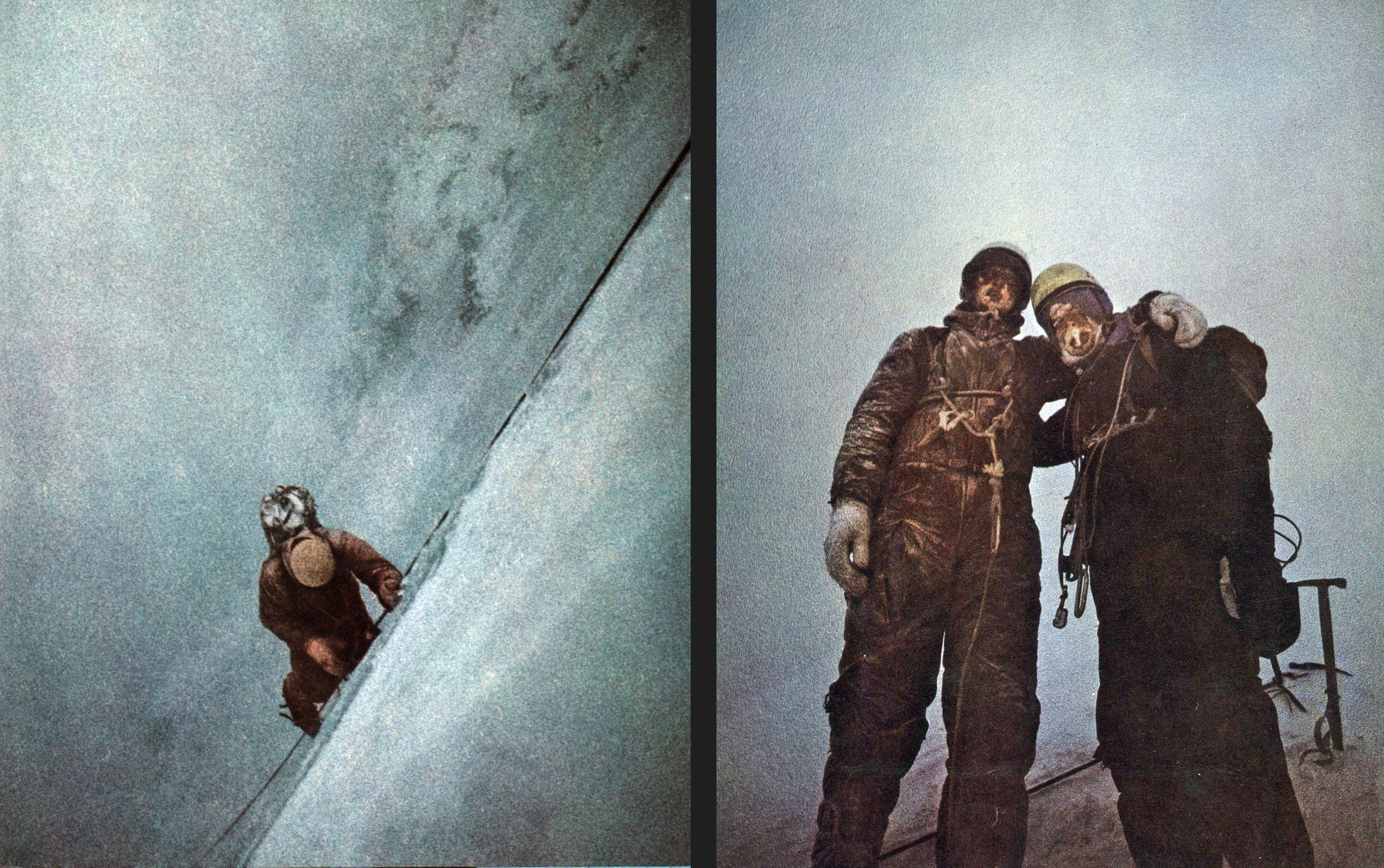
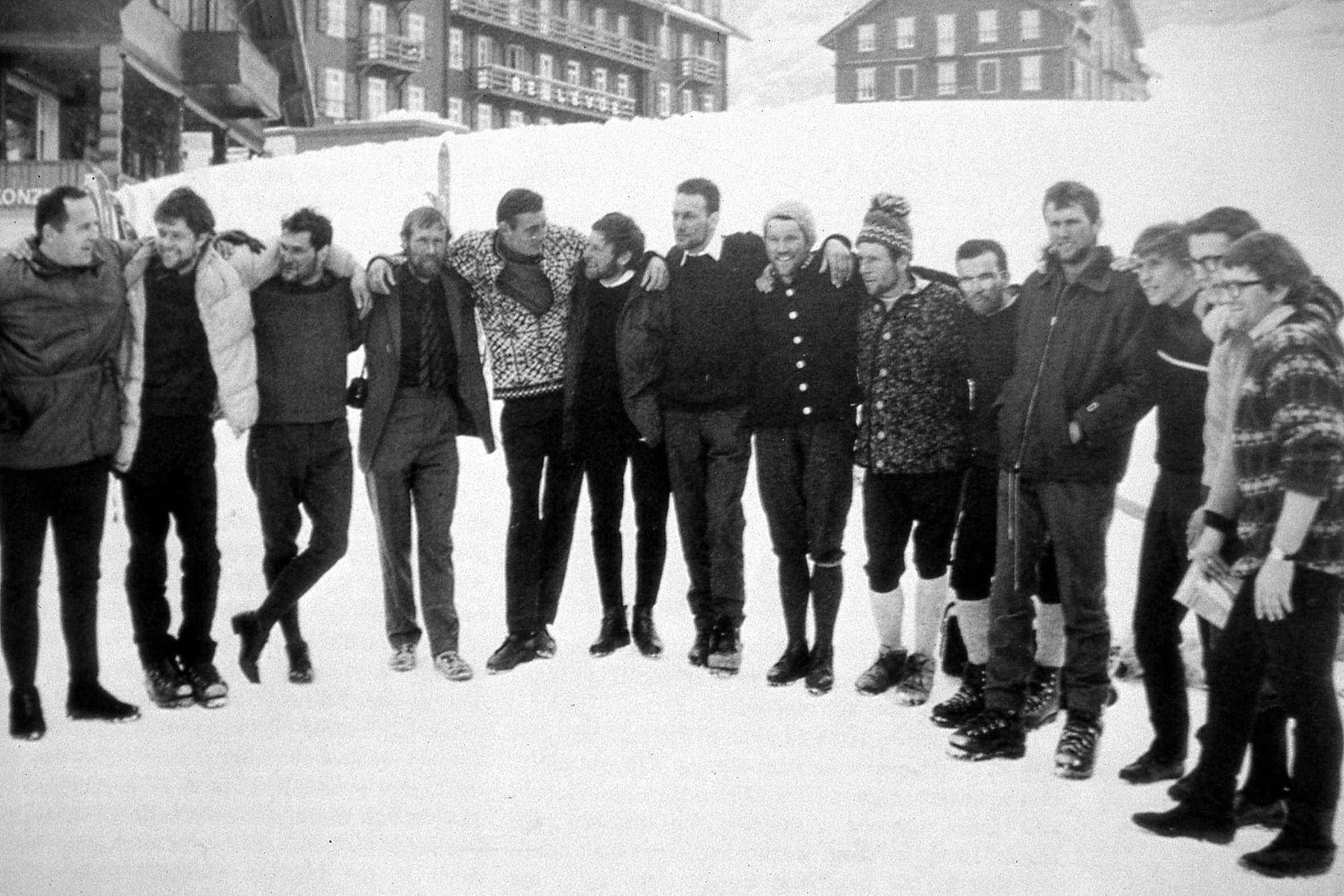
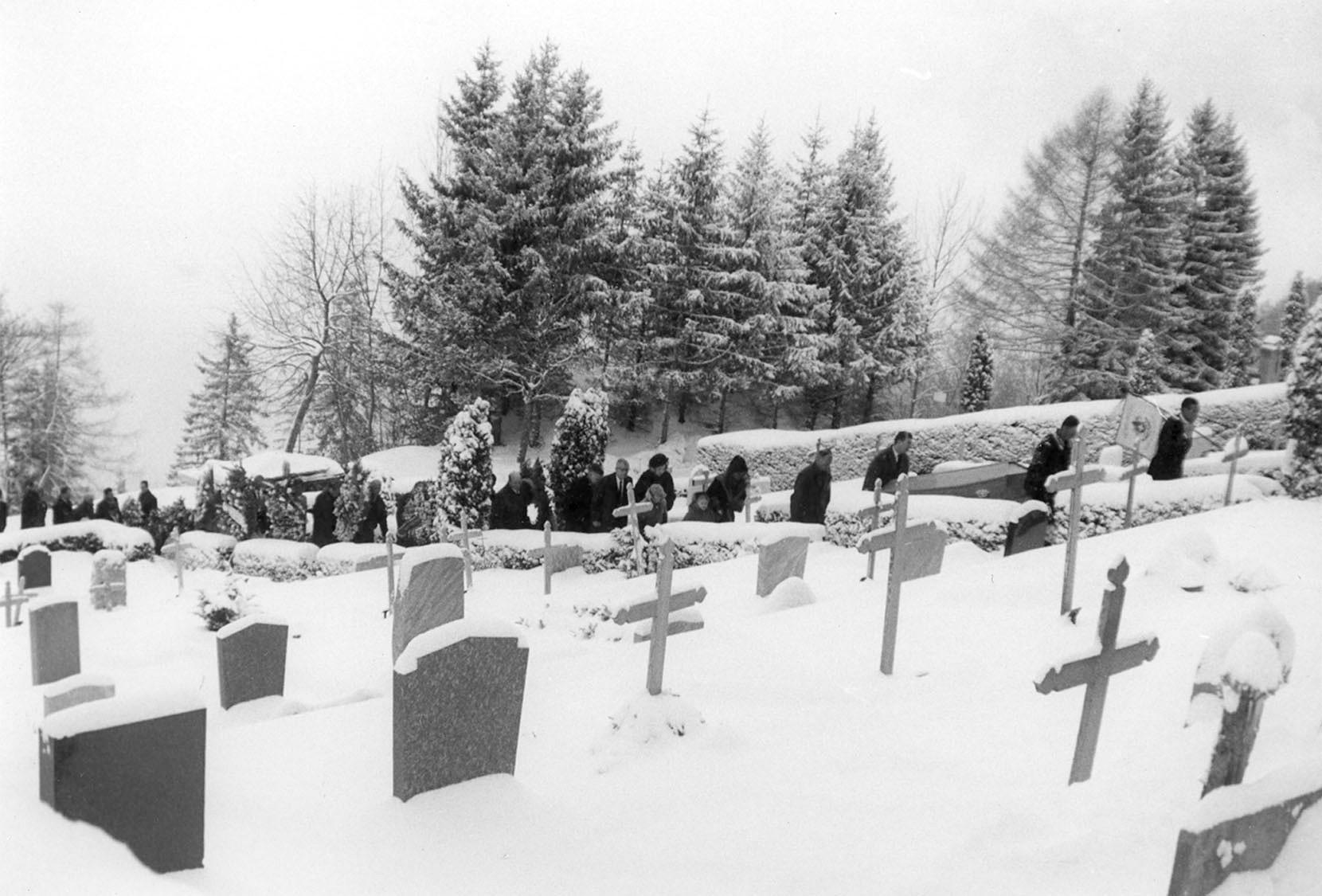
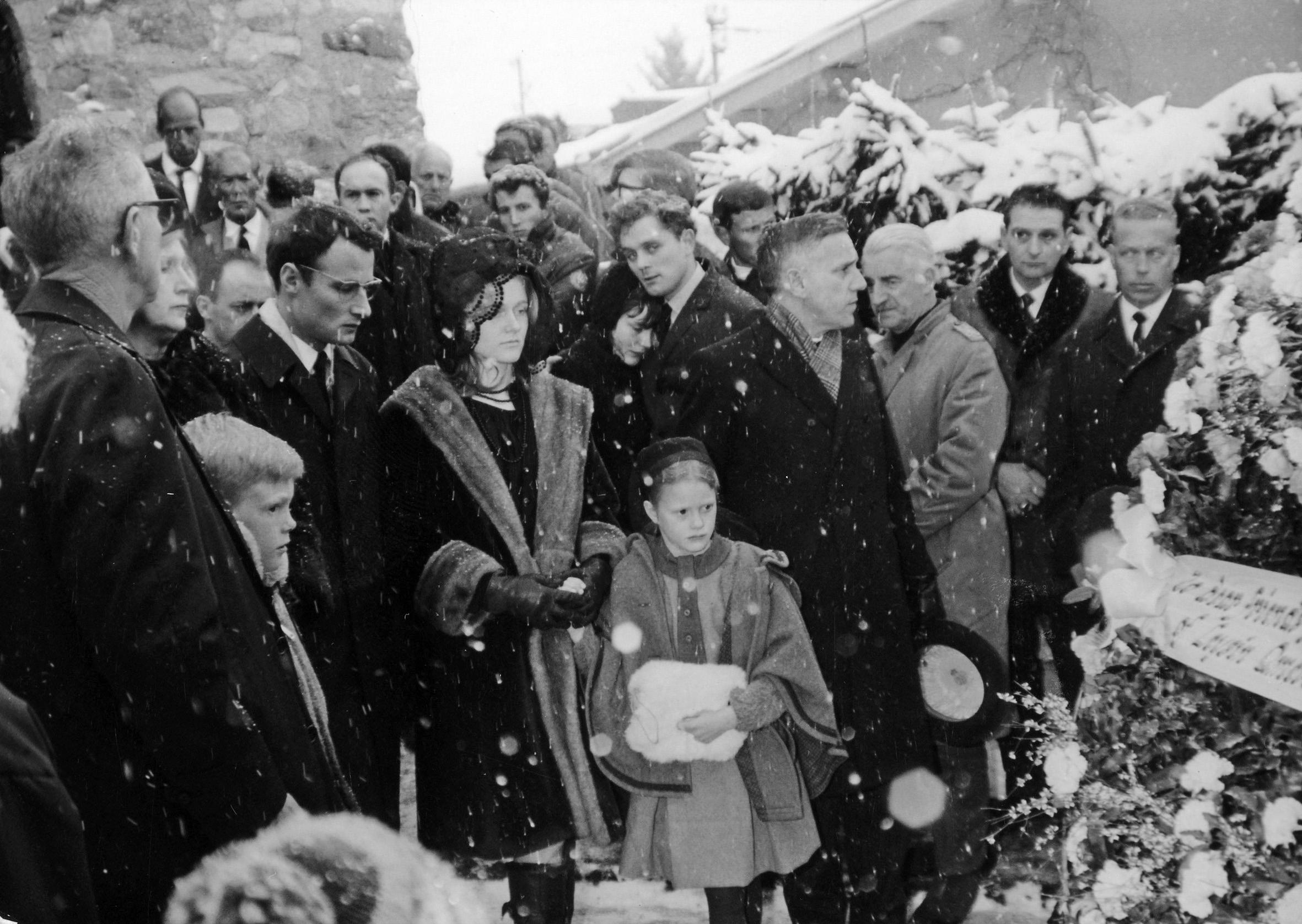

You can find an overview of ongoing debates with our journalists here . Please join us!
If you want to start a conversation about a topic raised in this article or want to report factual errors, email us at english@swissinfo.ch.